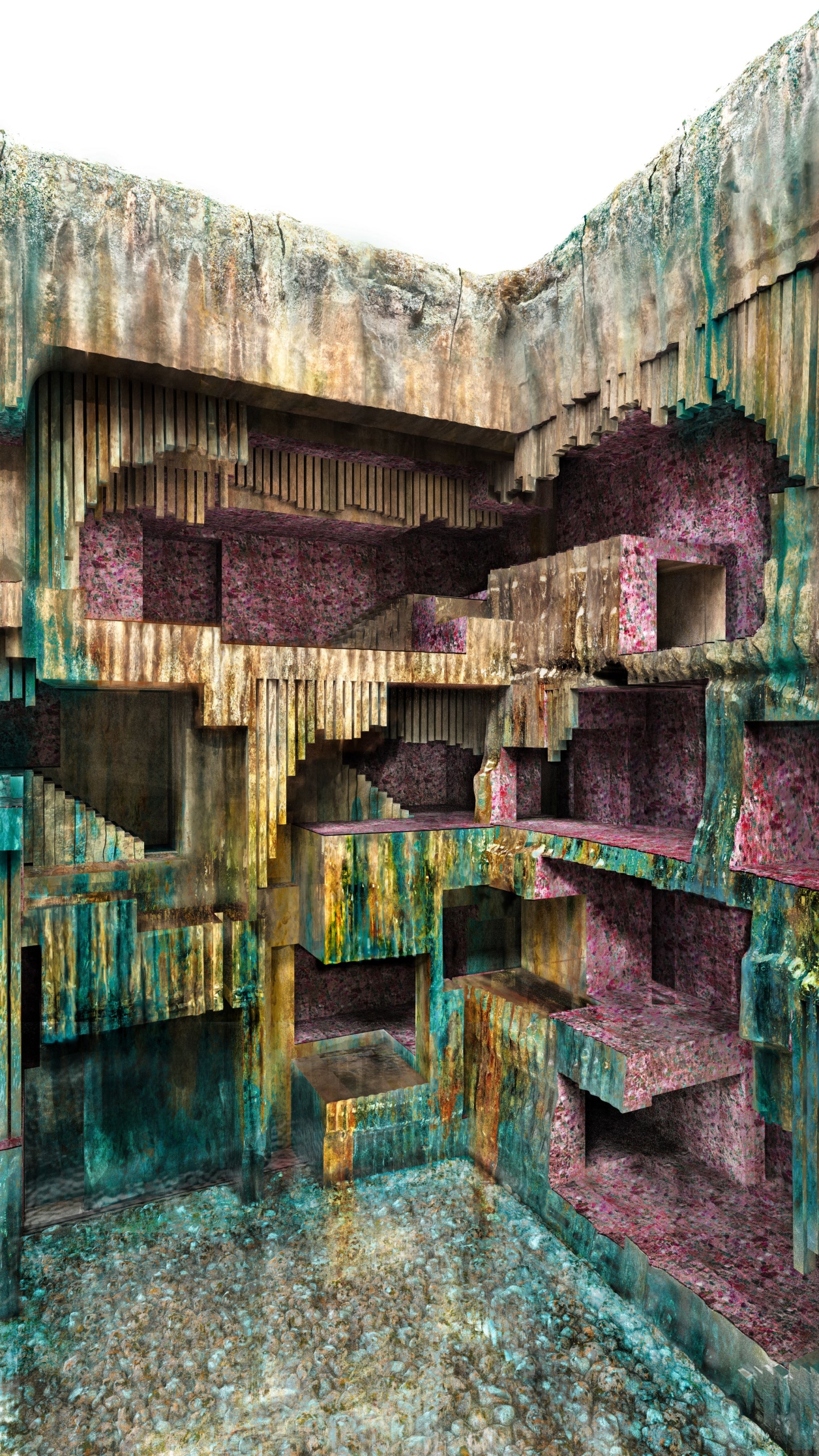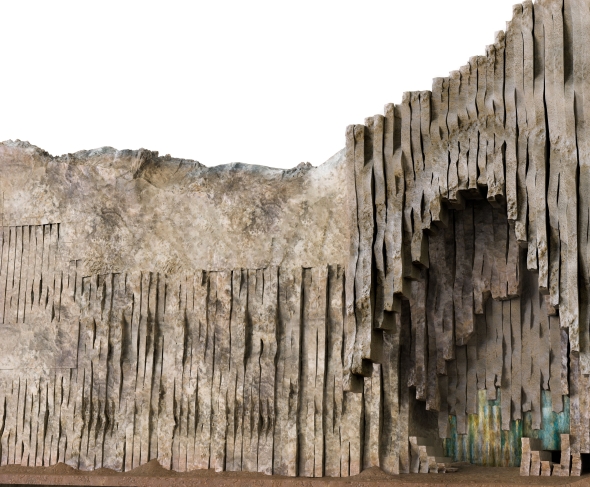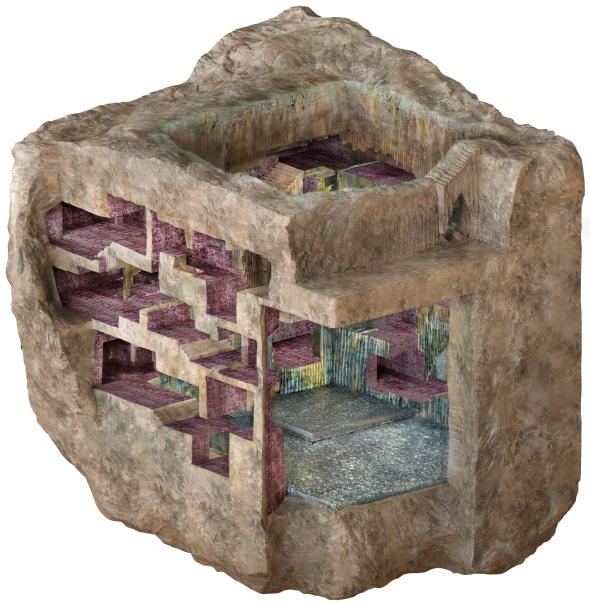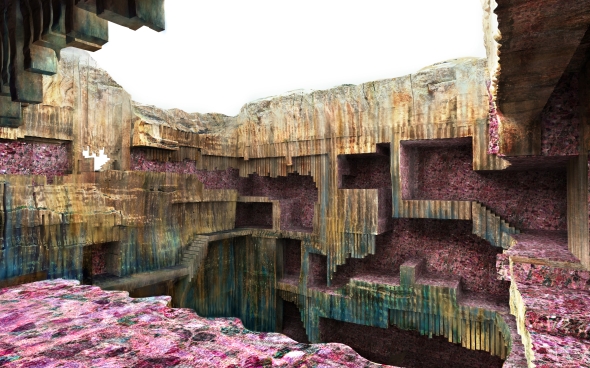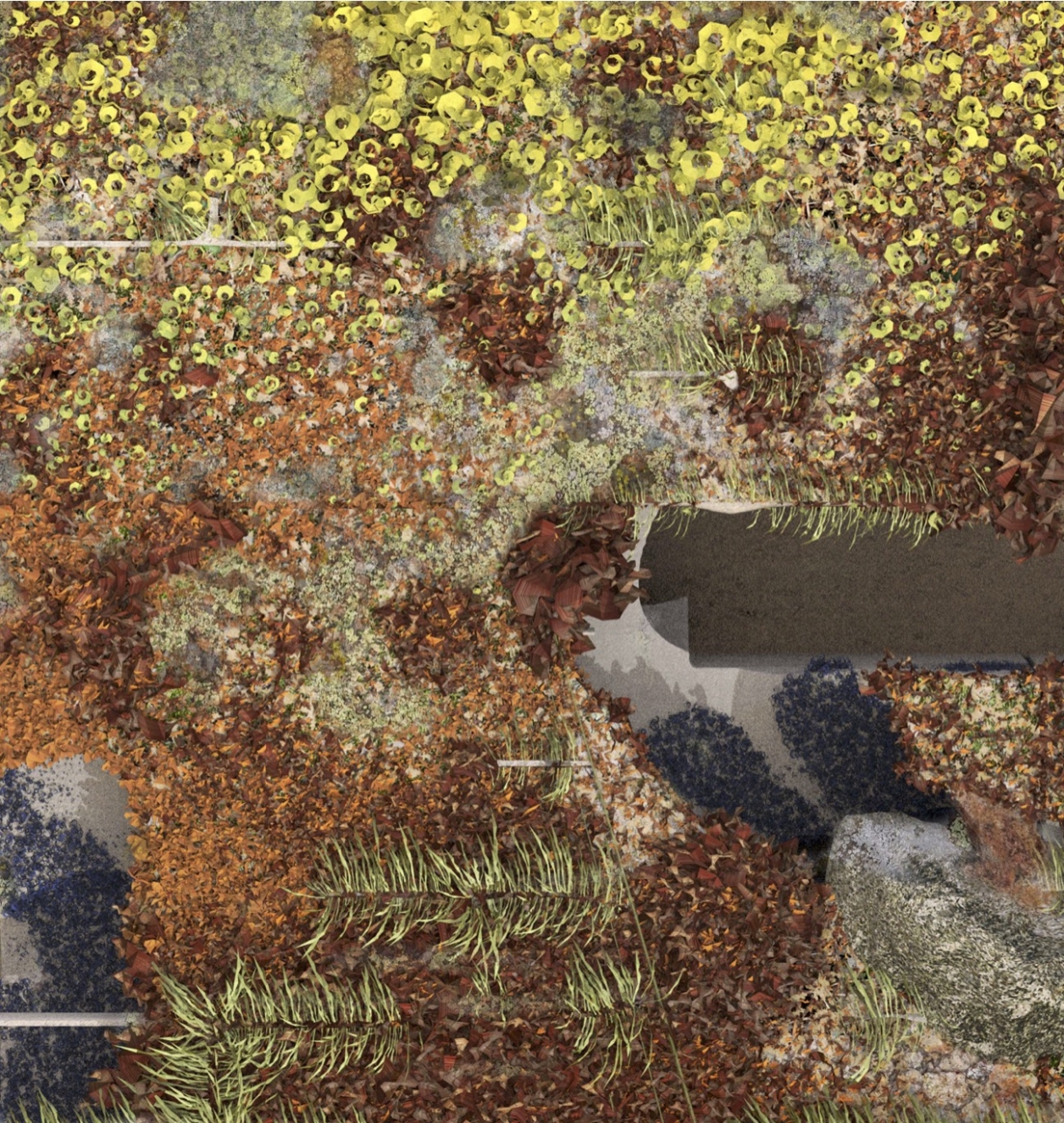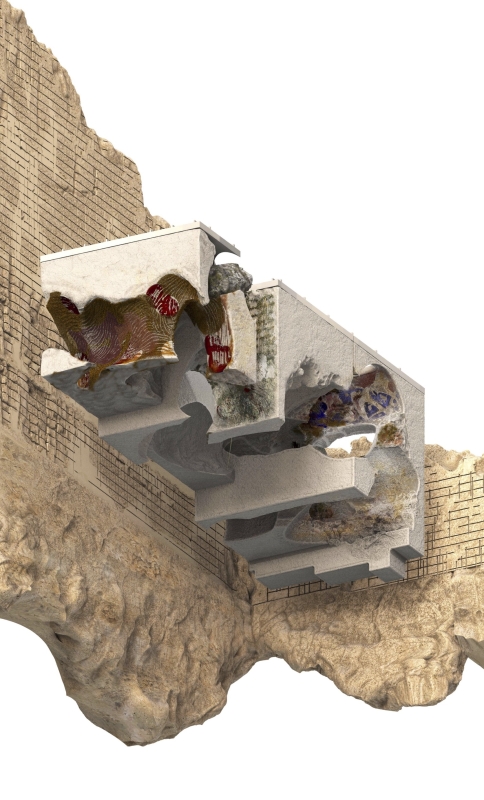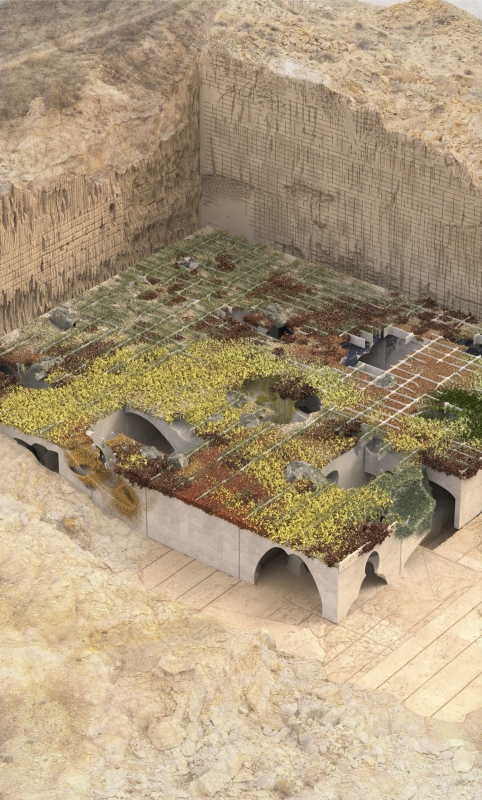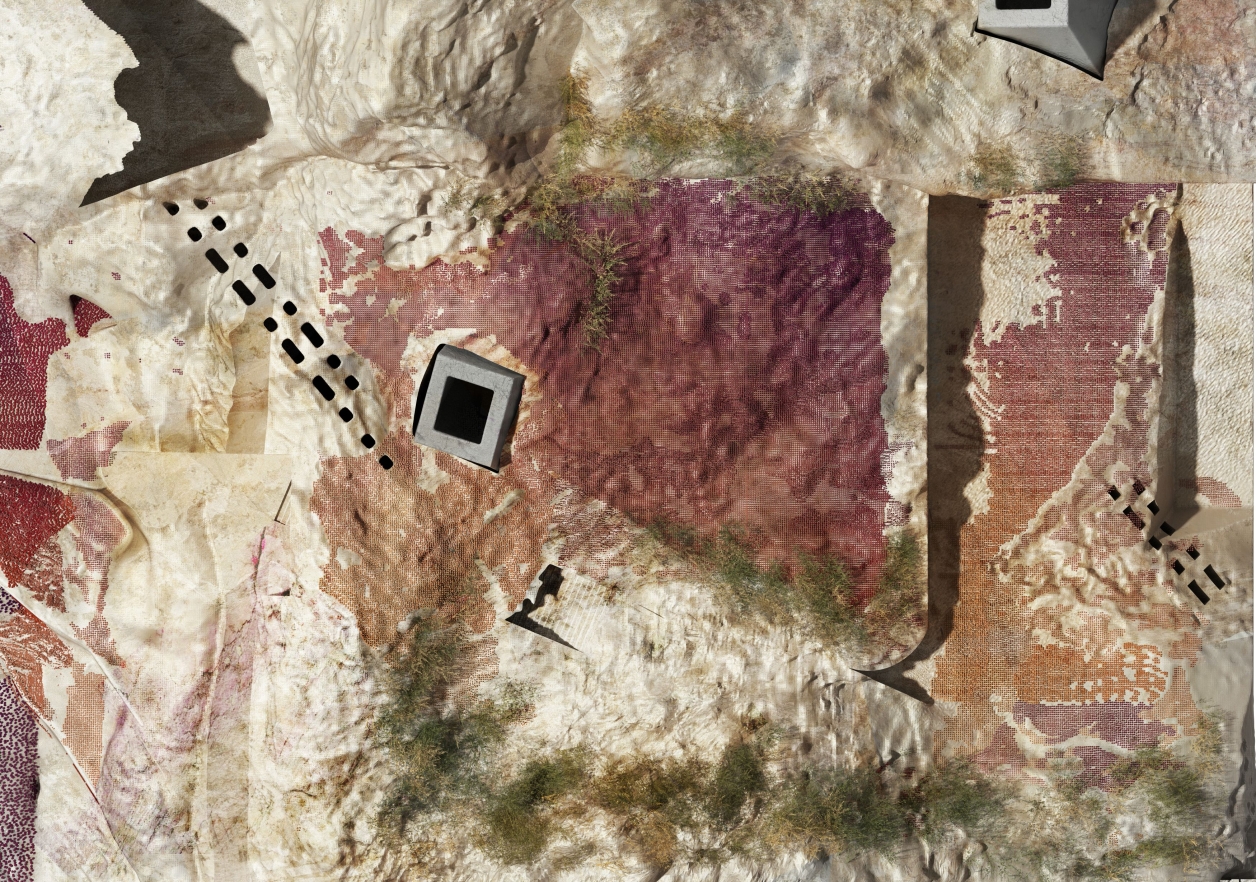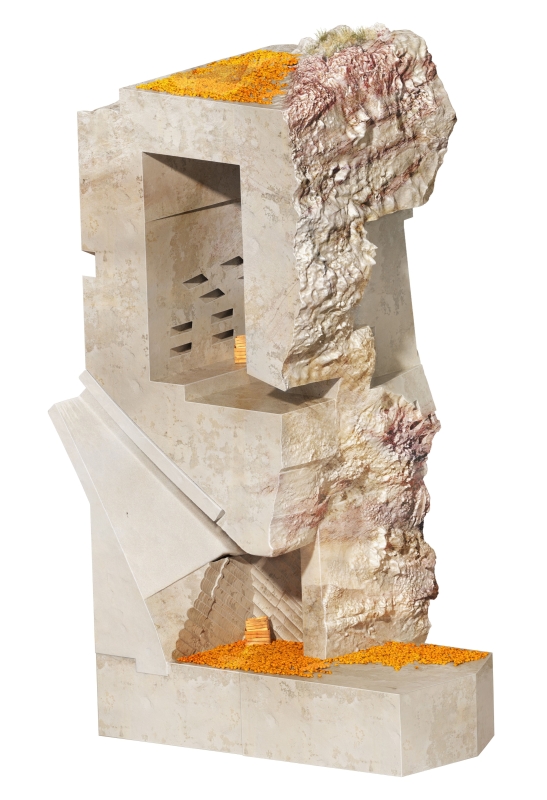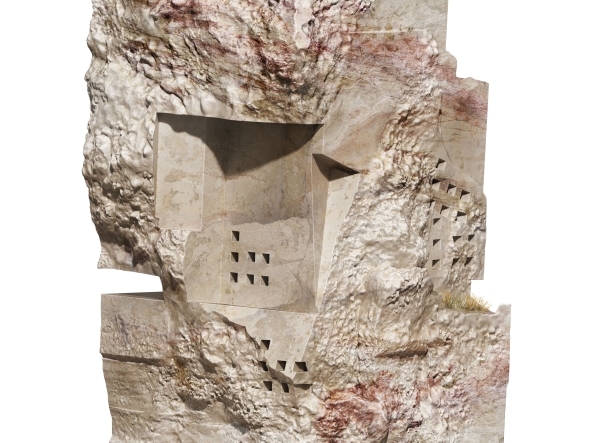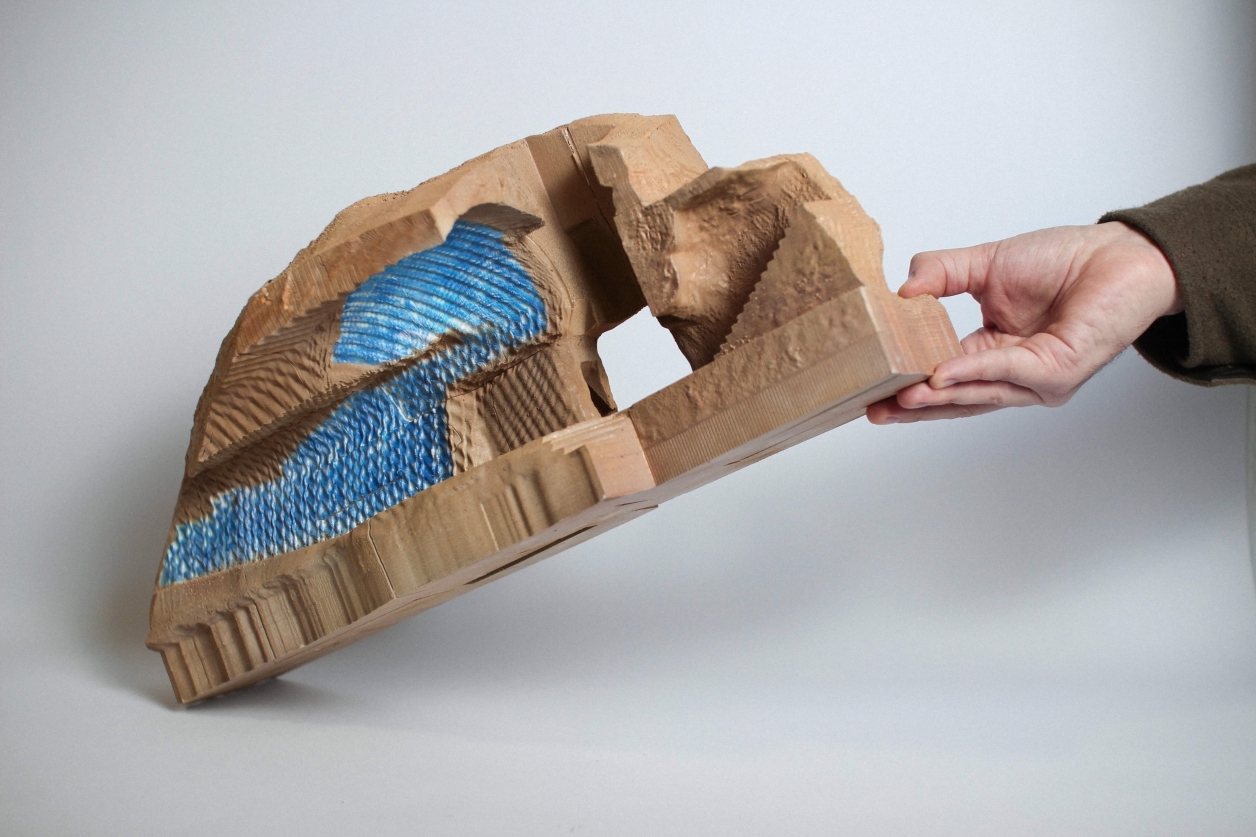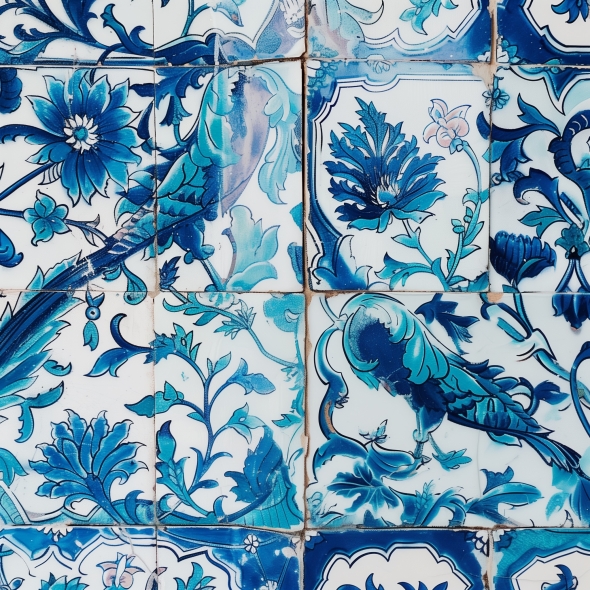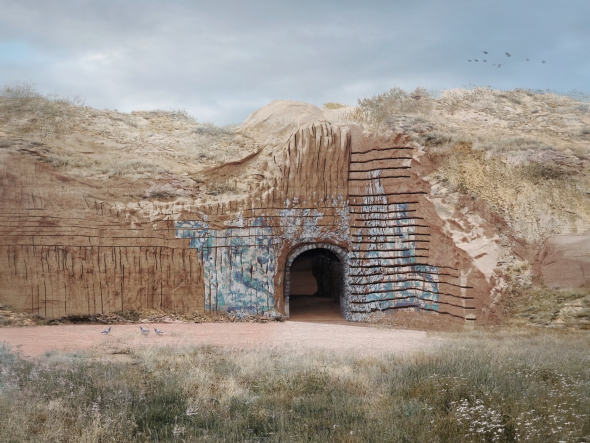Carvings & Aggregates: New Prototypes for Cappadocia’s Rock Architecture
The studio’s objective is to develop and test contemporary versions of rock architecture inspired by the ancient cliff dwellings of Cappadocia, Turkey. In our Anthropocene age, architectural techniques derived from more environmentally sensible approaches have become necessary. The use of rock, soil, stone, and other geological and natural materials for architecture has a millennia-long history, mostly forgotten today except for the use of cladding.
The studio experiments with new types of hybrid architecture that push “natural” materials beyond their common use in today’s construction and advocate for their broader integration into design. The utilization of rock in architecture is not only advantageous for environmental resourcefulness and performance but also holds cultural significance. Techniques of carving, cutting, slicing, painting, and the application of pigmented stone mosaics have a long tradition of bestowing buildings with a special quality, imbuing them with a sense of cultural rite and meaning. How can we derive new significance from these age-old techniques and materials by deploying them in novel ways? What additional performative, spatial, programmatic, and aesthetic qualities might they yield if applied through unconventional and experimental methodologies? Finally, how can we devise an architecture that is both daring, cultural, and contemporary as well as geological, tectonic, and environmentally cognizant? This studio addresses these questions and articulates design positions relevant to the broader implications of design in the Anthropocene.


